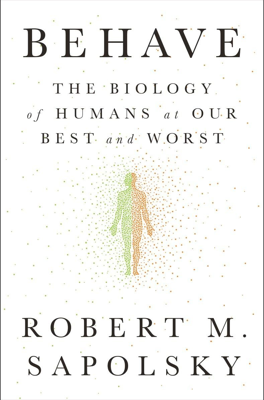Centuries to Millennia Before
The Influence of Culture on Human Behavior
This segment explores the profound effect of culture, stretching back centuries to millennia, on human behavior, particularly highlighting its role in shaping what society considers acceptable behavior, such as aggression or altruism. Through various examples from historical and modern contexts, it examines how the level of gender equality in different countries can influence abilities such as mathematical problem-solving. The study indicates that higher gender equalities, like those in Scandinavian countries, lead to minor discrepancies in abilities between genders, underscoring cultural impact over supposed biological determinants.
The chapter delves deeper into how ingrained cultural practices can affect modern-day actions and biases, even affecting behaviors of international diplomats in contemporary settings like New York. It argues that cultural imprints persist over centuries, influencing everything from corruption levels to social behaviors, which are often passed down over successive generations.
Definitions, Similarities, and Differences in Culture
Culture is variably defined, but for the purpose of this examination, it follows the broad definition by Frans de Waal as "how we do and think about things," transmitted through non-genetic means. The diversity among human cultures showcases both similarities and colossal differences, from life expectancy and literacy rates to experiences of violence, greatly distinguishing the quality of life across different societies. This section introduces the concepts of collectivist versus individualist cultures, showcasing stark contrasts in self-perception, motivation, and social norms between Western individualist societies and Eastern collectivist ones, supported by neurobiological evidence of differing brain responses.
Observations on Pre-modern Human Societies
The narrative highlights the historical transitions from hunter-gatherer societies to agricultural and eventually industrialized societies, discussing how these shifts influenced human behaviors and societal structures. Central to this discussion is the argument that much of human history, particularly in nomadic hunter-gatherer societies, was not characterized by constant warfare but rather occasional conflicts, with serious warfare emerging prominently alongside settled agricultural societies which had resource surpluses and thus more pronounced hierarchies and inequalities.
The Interplay of Ecology and Culture in Shaping Societies
It explores the significant role of ecological conditions in shaping societal structures and cultural norms, such as the collective labor required in rice farming cultures in East Asia contributing to collectivist cultures, in contrast to the individual farming in wheat-growing regions which promote individualist cultures. The effects of historical ecological hardships, like frequent famines, are shown to produce cultures with tighter social norms and greater regulation and conformity.
Conclusion on Cultural Evolution and Human Behavior
In conclusion, this examination of cultural evolution reflects on how deeply culture is embedded in human behavior, showing that the actions, beliefs, and social structures of societies are heavily influenced by long-standing cultural traditions and the ecological contexts from within which these traditions arose.
